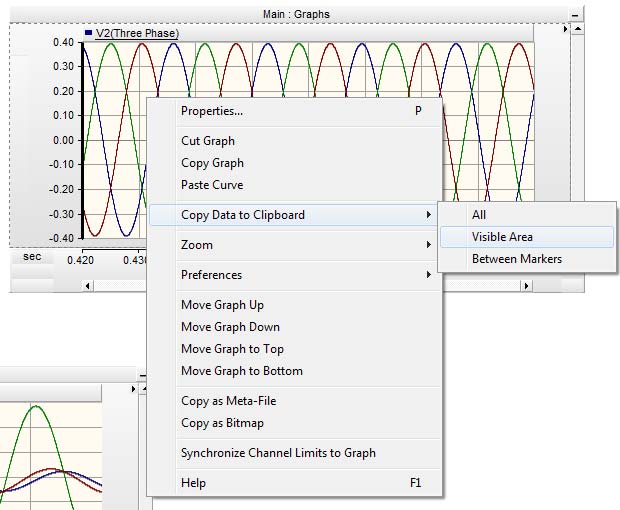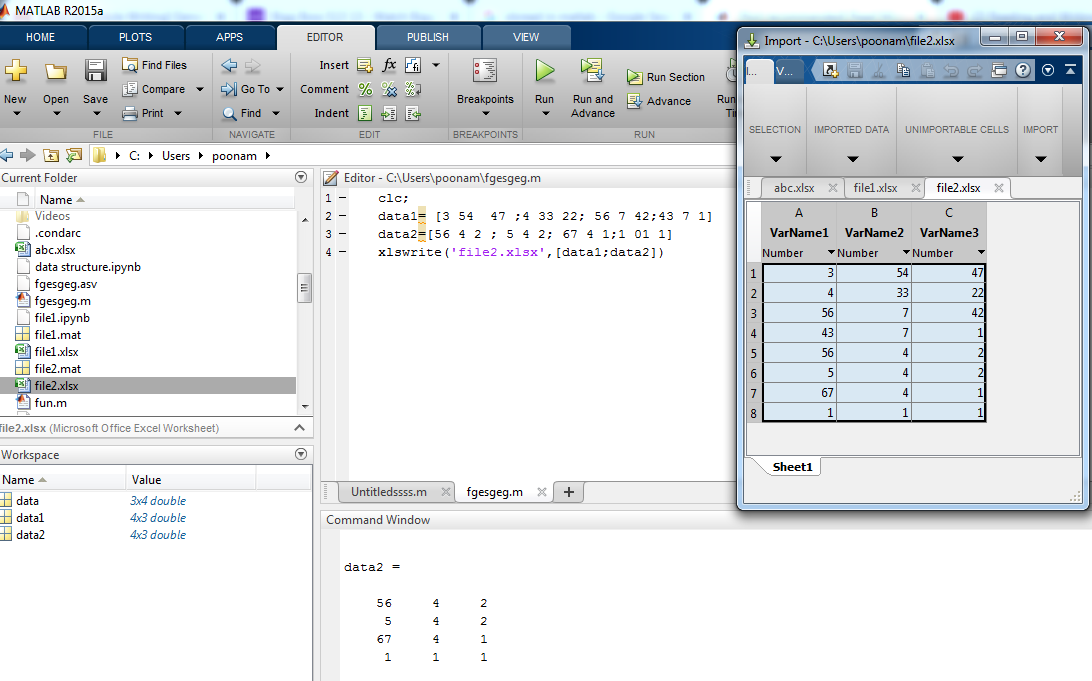

Theoretical and numerical methods 1, 2, 3, 4 based on the physics and chemistry of metals were gradually established in the 20th century. Early development of advanced alloys is largely empirically, by trial and error. Research and development of metallic alloys embody and promote the advances in material sciences, experimental tools, and manufacturing processes. Metallic materials are so important that the historical development of human civilization can be represented by their usage (Fig.

The database and scripts are released in open repositories, which are designed in formats that can be continuously expanded and updated. The database contains 272 fatigue datasets of S- N (the stress-life relation), ε- N (the strain-life relation), and d a/d N-Δ K (the relation between the fatigue crack growth rate and the stress intensity factor range) data, together with the information of materials, processing and testing conditions, and mechanical properties.
#Matlab read excel file lots of data points manual
Automatic extraction and manual examination are combined in the workflow to improve the efficiency of processing, the quality of published data, and the reusability. Data for both metallic glasses and multi-principal element alloys are included and analyzed for their statistics and patterns. A fatigue database (FatigueData-CMA2022) is compiled from the literature by the end of 2022. The past few decades have witnessed rapid progresses in the research and development of complex metallic alloys such as metallic glasses and multi-principal element alloys, which offer new solutions to tackle engineering problems of materials such as the strength-toughness conflict and deployment in harsh environments and/or for long-term service.


 0 kommentar(er)
0 kommentar(er)
